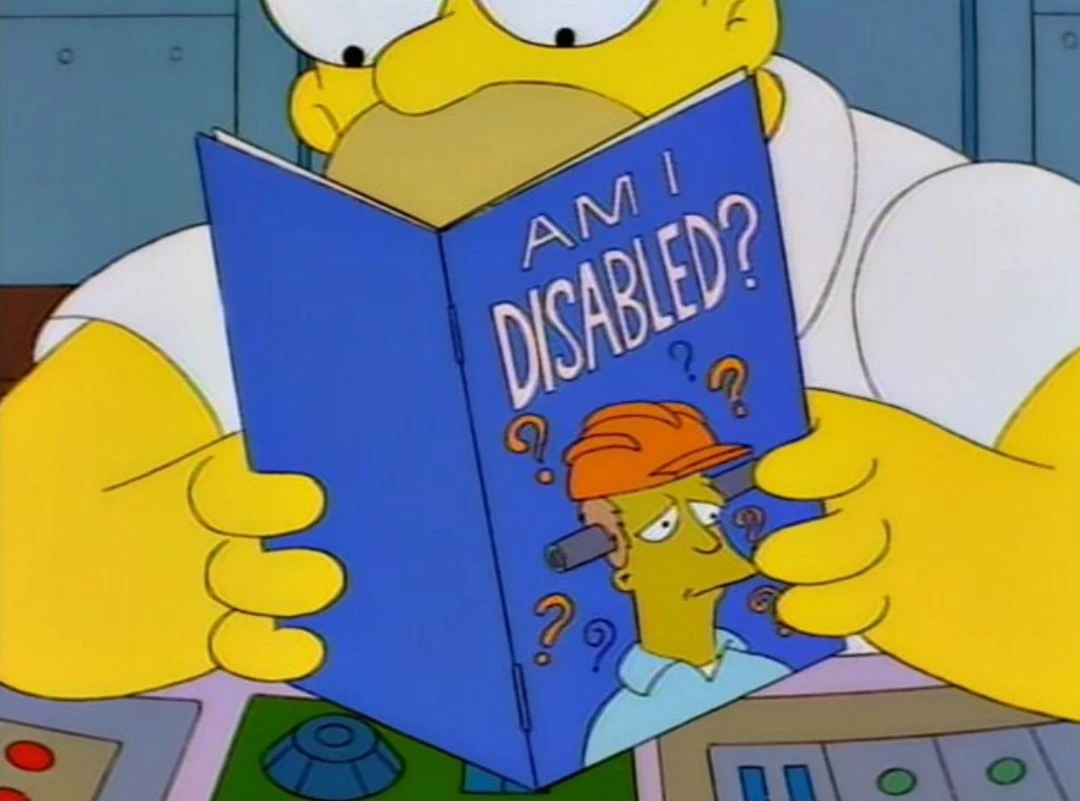I’m running Proxmox on a Lenovo ThinkCentre and I decided to swap the internal 256 GB 2,5" SSD for a 500 GB NVME.
I installed the new NVME alongside the old SSD, and formated it in ext4 with a single partition. I then proceeded to ‘dd /dev/sda /dev/nvme0n1’ and it went through without an error.
My impression was that it would clone all content from the old drive to the new, but it wouldn’t boot the new drive. I then logged in and set a boot flag via fstab a, but that only helped me boot but the system gets stuck at “waiting for root file system”.
Nothing is lost as the old drive still works fine when installed but how do I complete the swap correctly so I can go NVME-only?
Thank you!
Just using DD like this is not doing a bit clone of your drive. What you want to do can be done with DD on a blank disk (no filesystem), but you might as well just use gparted and make it easy on yourself. Otherwise, you need make sure the source and destination disks have the exact same geometry and such…it’s just more steps you seem to not want to take. Just take the easy route.
So install back both disks, make a bootable gparted stick and do the cloning from there? The new disk is basically empty save the new file system, but ofc I can just delete that.
Yeah, that’ll work. Gparted should wipe the destination disk for you and set the boundaries and such. Should be super easy. You can find guides online as well.
Clonezilla is also a super easy route.
X2 for clonezilla. I would usually go the path of the OP with one exception: this particular example. Clonezilla just works so perfectly for this effect scenario i can’t imagine wasting time using anything else.
What’s your bootloader, and what’s your bootloader’s configuration for where the root filesystem is?
Almost certainly you’re going to have to update it to the new root filesystem’s device name and/or uuid.
I think it’s best to start from scratch since I didn’t lose any data (yet). How would you tackle this move?
deleted by creator
is your fstab using uuid’s?
did you recreate your ramdisk and bootloader?
No UUIDs, only paths. When booting from a live system I noticed /etc/fstab is empty. Also, there where a bunch of partitions on /dev/sda and I can’t see any on /dev/nvme0n1
No not consciously
it sounds like the bootloader is installed; but not updated to point to the ramdisk and i’d be surprised if your ramdisk doesn’t need a new driver to load the nvme drive since it was created using your old ssd.
also: i’m going to assume that you want 500gb instead of 256gb and i think dd is likely going to give you 256gb since it also copies free space and your drives are not identical; if none of the resizefs commands work, then you’ll be stuck at 256gb. in your shoes i would use that live distribution to create that partition (or better yet an lvm) like you already did; copy the data that you want with something like rsync; install grub and allow that bootloader installation to create a new ramdisk for you.
this way you’re guaranteed to get all 500gb; the bootloader and ramdisk have the necessary bits to run your nvme and installation; plus, if you go with lvm, you’re future proofed since you can add drives to that lvm into perpetuity with each new drive increasing its size or retire old drives without having to remove/re-create the volume and all without having to do any of it again.
Maybe I should start over since I still have the old disk. What would be the best/proper way to swap an older smaller disk for a new larger one?



